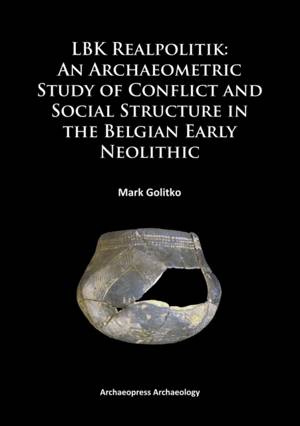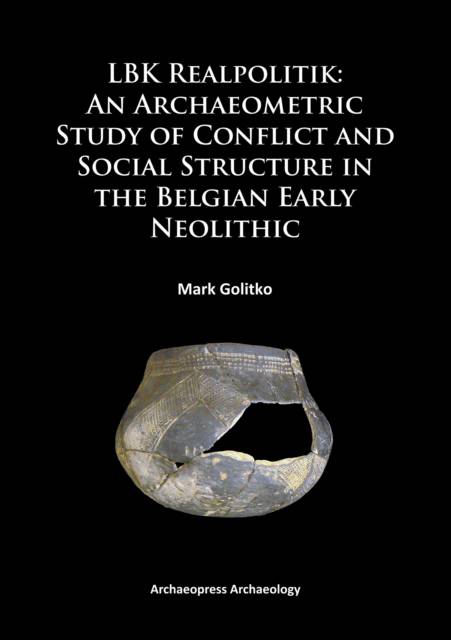
- Afhalen na 1 uur in een winkel met voorraad
- Gratis thuislevering in België vanaf € 30
- Ruim aanbod met 7 miljoen producten
- Afhalen na 1 uur in een winkel met voorraad
- Gratis thuislevering in België vanaf € 30
- Ruim aanbod met 7 miljoen producten
Zoeken
Lbk Realpolitik
An Archaeometric Study of Conflict and Social Structure in the Belgian Early Neolithic
Mark Golitko
Paperback | Engels
€ 44,95
+ 89 punten
Omschrijving
The causes and consequences of violence and warfare have long interested social scientists, historians, and philosophers. While economic motivations for conflict are among the most commonly discussed drivers of human violence, prehistorians have often downplayed economic factors when studying non-state society. This volume explores linkages between conflict and socioeconomic organization during the early Neolithic of eastern Belgium (c. 5200-5000 BC), using compositional analysis of ceramics from Linienbandkeramik villages to assess production organization and map intercommunity connections against the backdrop of increasing evidence for conflict.
Specificaties
Betrokkenen
- Auteur(s):
- Uitgeverij:
Inhoud
- Aantal bladzijden:
- 194
- Taal:
- Engels
Eigenschappen
- Productcode (EAN):
- 9781784910884
- Verschijningsdatum:
- 26/02/2015
- Uitvoering:
- Paperback
- Formaat:
- Trade paperback (VS)
- Afmetingen:
- 211 mm x 297 mm
- Gewicht:
- 751 g

Alleen bij Standaard Boekhandel
+ 89 punten op je klantenkaart van Standaard Boekhandel
Beoordelingen
We publiceren alleen reviews die voldoen aan de voorwaarden voor reviews. Bekijk onze voorwaarden voor reviews.











